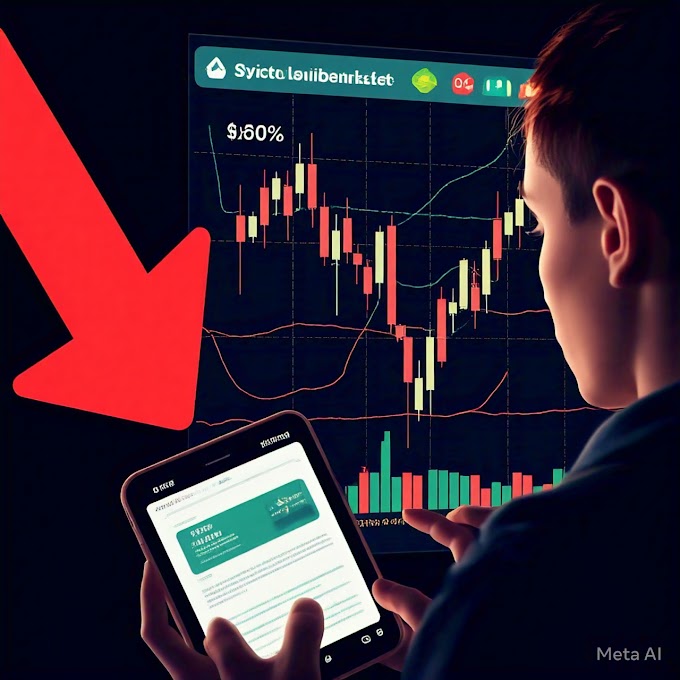Introduction
Cryptocurrency mining might sound like a concept from a science fiction novel, but it is a fascinating and accessible way for individuals to engage with the decentralized digital economy. In this guide, we’ll take you through the process of mining cryptocurrency on your PC, breaking it down into manageable steps. Whether you’re entirely new to the crypto world or have some prior experience, this article aims to be informative, straightforward, and helpful. Let’s dive in!
Table of Contents
What is Cryptocurrency Mining?
Basic Requirements for Mining
Hardware
Software
Electricity and Internet Connection
Choosing a Cryptocurrency to Mine
Setting Up a Wallet
Installing Mining Software
Joining a Mining Pool
Costs and Challenges of Mining
Legal Considerations
Tips for Efficient Mining
FAQs
Conclusion
1. What is Cryptocurrency Mining?
Cryptocurrency mining is the process of validating transactions on a blockchain network. Miners use computers to solve complex mathematical problems, which secure the network and verify transactions. As a reward, miners earn cryptocurrency. This process also ensures the integrity of the blockchain, making it a crucial part of the decentralized financial system. Think of it as being both a digital accountant and a treasure hunter.
2. Basic Requirements for Mining
Hardware
Mining requires powerful hardware. While a standard PC can mine cryptocurrencies, a dedicated Graphics Processing Unit (GPU) is recommended for better efficiency. Popular GPUs include NVIDIA’s GeForce RTX series and AMD’s Radeon RX series. If you’re serious about mining, consider investing in an Application-Specific Integrated Circuit (ASIC) miner, specifically designed for this purpose.
Software
Mining software is essential for your hardware to interact with the blockchain network. Options include CGMiner, BFGMiner, and EasyMiner. Each software has unique features, so choose one that aligns with your experience and the cryptocurrency you’re mining.
Electricity and Internet Connection
Mining can significantly increase your electricity usage. Calculate the potential cost and ensure that your mining operation is financially viable. A stable, wired internet connection is recommended to prevent disruptions during mining sessions.
3. Choosing a Cryptocurrency to Mine
Bitcoin is the most popular cryptocurrency but is highly competitive and resource-intensive to mine. Beginners might consider alternatives like Ethereum, Litecoin, or Monero, which have lower barriers to entry and can still be rewarding.
4. Setting Up a Wallet
A cryptocurrency wallet stores the coins you earn. Types of wallets include:
Hardware Wallets: Most secure; stores coins offline.
Software Wallets: Convenient but less secure.
Web Wallets: Accessible from anywhere but prone to hacks. Choose a wallet type that fits your needs and back up your wallet information securely.
5. Installing Mining Software
Download and install mining software that supports your chosen cryptocurrency. Follow the installation instructions carefully. Most software will require your wallet address to direct your earnings.
6. Joining a Mining Pool
Mining alone can be challenging due to high competition. Joining a mining pool allows you to combine resources with other miners, increasing the likelihood of earning rewards. Popular mining pools include Slush Pool, F2Pool, and AntPool. Research the pool’s fees and payout structures before joining.
7. Costs and Challenges of Mining
Mining can be costly due to:
Electricity Costs: Mining hardware consumes significant energy.
Hardware Investment: GPUs and ASIC miners can be expensive.
Additionally, cryptocurrency values are volatile, and profits may vary. Conduct a cost-benefit analysis before starting.
8. Legal Considerations
Understand local regulations regarding cryptocurrency mining. Some regions restrict electricity usage or impose taxes on mining earnings. Research the legal landscape in your area to avoid potential issues.
9. Tips for Efficient Mining
Keep Hardware Cool: Use cooling systems to prevent overheating.
Update Software: Regular updates improve performance and security.
Monitor Performance: Track your hash rate to ensure optimal functionality.
Diversify Mining: Mine multiple cryptocurrencies to spread risk and maximize earnings.
10. FAQs
Q: Can I mine cryptocurrency with a regular PC? A: Yes, but it’s inefficient. A GPU or ASIC miner is recommended for better results.
Q: How much electricity does mining use? A: Electricity usage varies by hardware. Calculate costs based on your hardware’s specifications.
Q: Is mining profitable? A: Profitability depends on electricity costs, hardware efficiency, and cryptocurrency market prices.
Q: Are there risks in mining? A: Yes, including hardware damage from overheating and financial loss due to market volatility.
Conclusion
Cryptocurrency mining offers an exciting opportunity to engage with the digital economy. By understanding the requirements, processes, and challenges, you can make informed decisions and potentially earn rewards. Start small, learn as you go, and stay updated on market trends. With patience and persistence, you can succeed in the world of cryptocurrency mining. Happy mining!








